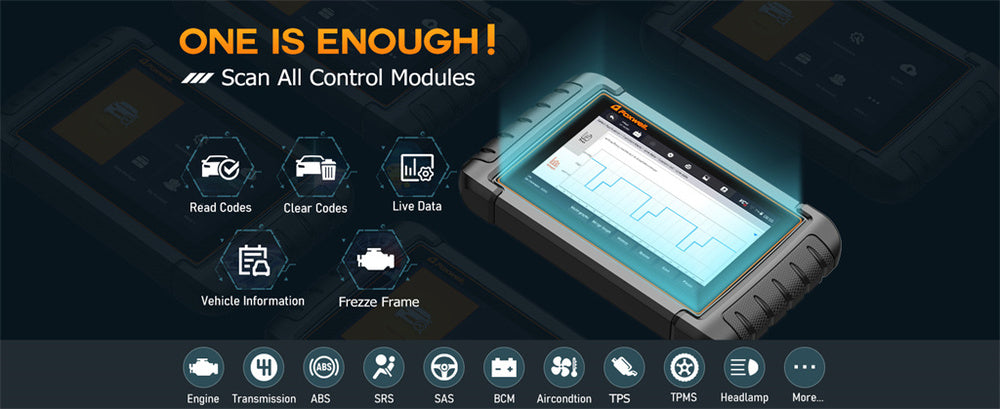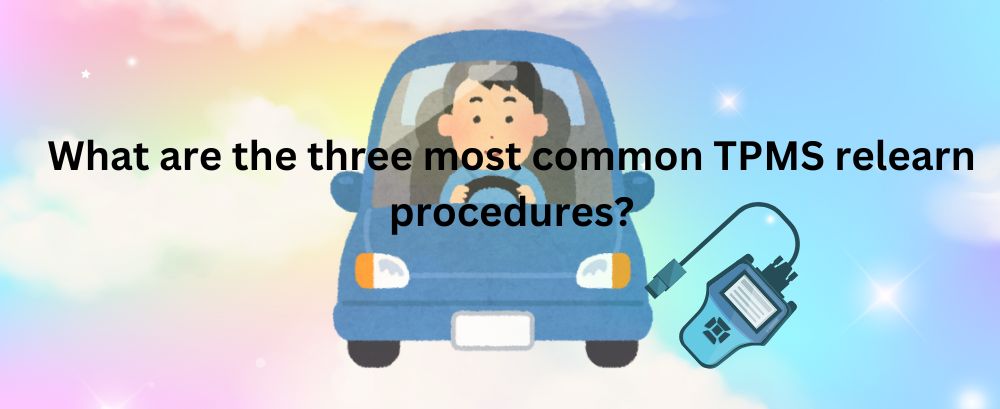A persistent SRS (Supplemental Restraint System) light can be both frustrating and worrisome, signaling potential issues within your vehicle’s safety system.
One common cause is a malfunction or misinitialization of the OPDS (Occupant Position Detection System). This guide covers key diagnostics, troubleshooting tips, and effective solutions for resolving SRS light problems.
Understanding the Role of the OPDS Unit in Vehicle Safety

The Occupant Position Detection System (OPDS) is a crucial component in modern vehicle safety. This system ensures that airbags deploy only when necessary, based on the position and weight of passengers.
The OPDS plays an integral role in preventing the potential harm associated with inappropriate airbag activation, thereby protecting occupants during an accident.
However, if the OPDS malfunctions or is not properly initialized, the SRS (Supplemental Restraint System) warning light on the dashboard may illuminate, indicating a potential issue that requires immediate attention.
Common Causes of Persistent SRS Light Issues
There are several reasons why the SRS light may remain on, even after attempting to fix it. A common cause is a faulty OPDS unit, which may still persist even if it’s newly installed due to improper initialization or compatibility issues.
Another factor could be disconnected or loose wiring that disrupts the communication between sensors and the vehicle's control modules.
Additionally, sensor malfunctions related to seat position or weight distribution could contribute to this problem.
Lastly, failure to clear old diagnostic trouble codes (DTCs) can lead to the SRS light staying illuminated, signaling a problem even if the underlying issue has been resolved.
Step-by-Step Diagnostic Procedures for SRS Light Errors
When dealing with a persistent SRS light, it’s essential to approach the issue systematically. The first step is to check for any stored DTCs using a diagnostic tool or manually by jumping OBD pins 4 and 9.
A reliable and efficient tool, such as the Foxwell NT809BT, can significantly simplify this process by providing accurate DTC readings and supporting advanced system diagnostics.
This user-friendly tool helps identify specific error codes that point to the source of the problem, making it a valuable asset for both professionals and DIY car enthusiasts.
Once the codes are obtained, it’s crucial to inspect the wiring and connections to ensure everything is secure and intact.
The Foxwell NT809BT can also assist in clearing any stored codes, allowing the system to reset and providing a clearer idea of whether the issue has been resolved. Rechecking the system by cycling the ignition can indicate if further troubleshooting is needed.
By using a comprehensive diagnostic tool like the Foxwell NT809BT, you can streamline the troubleshooting process, save time, and enhance the accuracy of your diagnostics.
How to Interpret DTC Codes and What They Mean
Interpreting DTC codes is essential for accurate diagnosis. For instance, the code 15-1 typically signifies a "Faulty OPDS Unit," suggesting that the system is not recognizing the newly installed component.
It’s important to differentiate between codes that are directly related to the SRS system and those that might appear due to other tests, like 7-7 in the VTM-4 system, which may not be directly connected.
By focusing on the specific codes associated with the SRS, mechanics and DIY car enthusiasts can better target their diagnostic efforts and avoid unnecessary complications.
Troubleshooting Code 15-1: Common Mistakes and Fixes
Code 15-1 can be particularly challenging to address, as it often indicates an issue with the OPDS unit itself. To resolve this, ensure that the OPDS unit is installed properly and that all electrical connections are correctly aligned and secure.
One overlooked factor is the reattachment of any plastic housing or the seat back, which could impact the sensor’s functionality. It may seem minor, but failing to replace these components can lead to tension or misalignment, causing the system to malfunction.
Running through initialization procedures precisely as outlined in the vehicle’s service manual can also make a significant difference.
Ensuring that sensor calibration is correct and undisturbed is vital for a successful outcome.
Best Practices for Initializing a New OPDS Unit
Initializing a new OPDS unit demands careful adherence to specific procedures. These often include performing a series of ignition start and rest cycles to prompt the system to recognize the new unit.
Environmental factors, such as stabilizing cabin conditions by running the air conditioning, can sometimes help in resetting the system more effectively.
If initial attempts do not yield results, repeating the process and double-checking the steps can be beneficial.
Patience and precision are key during this process to avoid missing any important details that could prevent successful initialization.
Tips for Effective OPDS and SRS System Resets
To reset the SRS system effectively, it’s essential to follow the manufacturer’s instructions closely.
Each vehicle may have unique requirements for resetting the system, involving specific steps like manipulating connectors or timing sequences.
Ensuring these steps are done in the correct order and for the right duration is critical to success.
Repeat attempts may be necessary if the initial reset does not work, and this is normal. Thorough verification of each step can help avoid the frustration of repeated failures.
Potential Interactions Between the SRS and VTM-4 Systems
Occasionally, issues in the SRS system may seem to overlap with other vehicle systems, such as the VTM-4. This can create confusion, especially if unrelated error codes appear during diagnostics.
For example, while a code like 7-7 might flash during OBD tests, it might not be relevant to the primary issue with the SRS.
It’s important to differentiate between codes that are directly related and those that could be incidental.
Prioritizing the resolution of the SRS issue first before delving into other codes will streamline the troubleshooting process and prevent unnecessary distractions.
Why Your SRS Light Stays On After Replacing the OPDS Unit
If the SRS light remains on after replacing the OPDS unit, there could be several reasons. One of the most common is an improper initialization process. Following the correct steps is essential for the vehicle’s system to recognize the new unit.
Another potential reason is the presence of residual DTCs that need to be cleared to reset the system fully.
Additionally, other issues, such as malfunctioning sensors or wiring problems, might still be present and require further investigation.
Identifying these underlying problems can lead to a more comprehensive and lasting solution.
Conclusion
Addressing SRS light issues requires careful diagnostics and adherence to proper procedures.
With tools like the Foxwell NT809BT, you can simplify the process and ensure your vehicle’s safety systems are in top condition, keeping you and your passengers secure on the road.
FAQs
What is an OPDS sensor?
An OPDS (Occupant Position Detection System) sensor detects the position and weight of a passenger to determine if and how airbags should be deployed during an accident. It helps enhance passenger safety by preventing unnecessary airbag activation.
What is an SRS light on a vehicle?
The SRS (Supplemental Restraint System) light indicates an issue within the vehicle’s airbag or safety restraint systems. If illuminated, it means the system may not function correctly, and the airbags might not deploy in an accident.
How do I reset my SRS light?
To reset the SRS light, you need to diagnose and resolve any underlying issues first. Using a diagnostic tool like the Foxwell NT809BT, read and clear the DTCs. Follow the vehicle-specific procedure, which often involves cycling the ignition and performing certain manual resets to clear the warning.




Leave a comment
This site is protected by hCaptcha and the hCaptcha Privacy Policy and Terms of Service apply.